In the world of art, colored pencils as a medium continue to be regarded as the new kids on the block. They’ve got the attention of a lot of people but still sit alone at at the drawing table waiting to be joined.
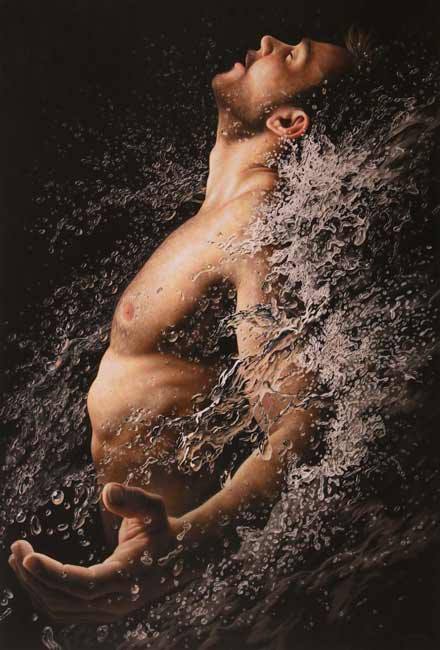
Colored Pencils for art were introduced in 1924 by Faber-Castelland Caran d’Ache.
There are three types of colored pencil. There are thick, soft leads that are waterproof and lightproof. They do not smudge or erase easily (Derwent/Eagle)
The second type are thin, non crumbling, lead pencils. They are are waterproof and great for detail, but come in limited colors. They do not smudge or erase easily but can be removed with a blade. (Verithin/Venus. The Venus brand can be erased).
The third are the water soluble leads.These can be used in combination with water to produce washes of color (cross between colored pencils and watercolors. The most common colored pencils are wax based because they are easily accessible, offer a large color selection and are easier to erase. They have a tendency to bloom (get a milky appearance) if they have not been sealed with a fixative.
Oil based colored pencils generally have a lighter appearance and can require the artist to repeat applications many times to get the richness he desires. They also can smear but a fixative usually is not required.
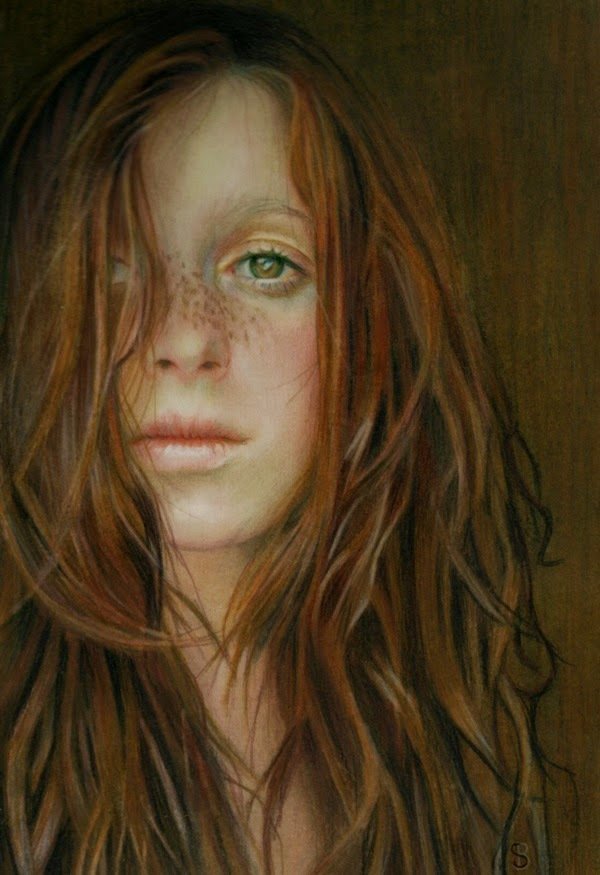
Colored pencil artists layer 3, 5, up to 20 layers of pencil to layer and mix colors. In addition to using crosshatching or other techniques to get the pencil into all of the nooks and crannies of textured papers, finishing techniques often include using solvents to blend the colors further.
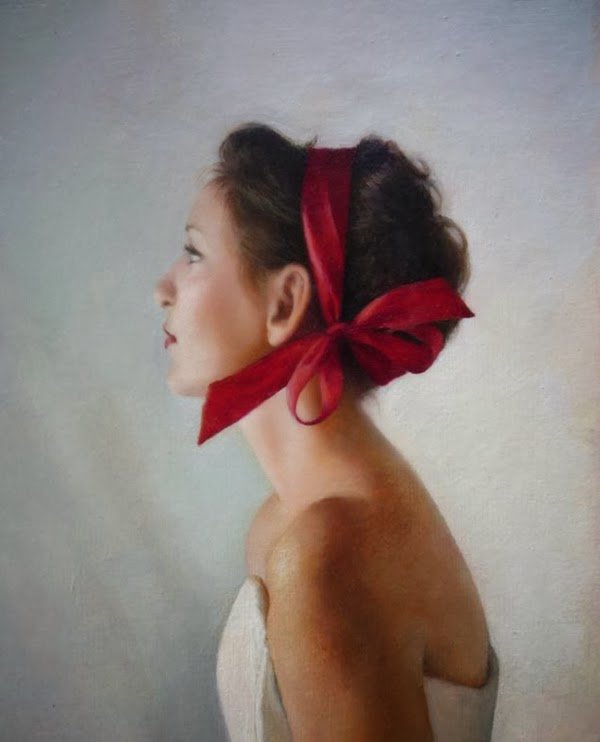
Dry blending uses tools like tortillon’s (paper stumps), tissue, silks or other dried cloth. Additional color can not be laid down again after dry blending.
The U.S., Canada, Australia, and the United Kingdom now have national colored pencil societies.Their professional competitions are beginning to attract the professionally trained artist to the medium.
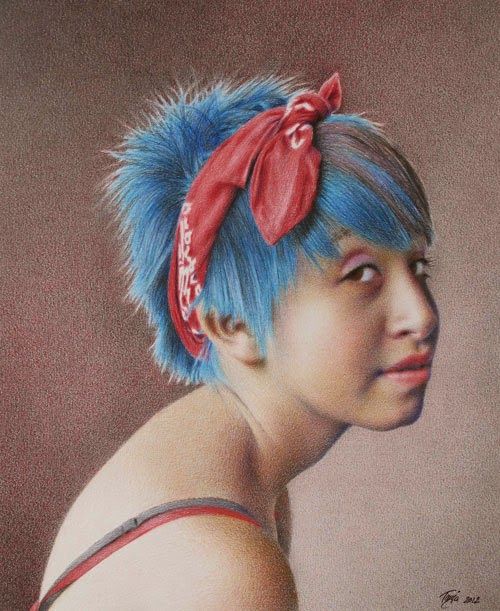
Perhaps there is hope we will see the end of the plethora of puppy paintings along with sentimental children imagery that has become the hallmark of Social Media Censors.
The art most people are exposed to on social media distorts our perception of art. Classic art or the work of the classically trained, are often censored out by low paid home based operators. Often, especially in European accounts, moderators are Chinese, Indian or even American companies with a deeply Christian tradition. Moderators impose their own cultural or religious belief on their decision, often breaking European censorship laws. For more on this subject, please see my article here.
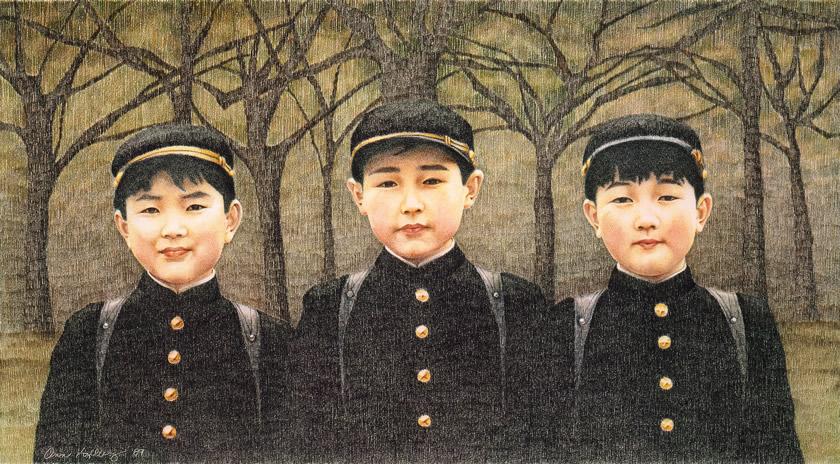
Art Credit: Header Image by Christopher Pugliese (b.1968)
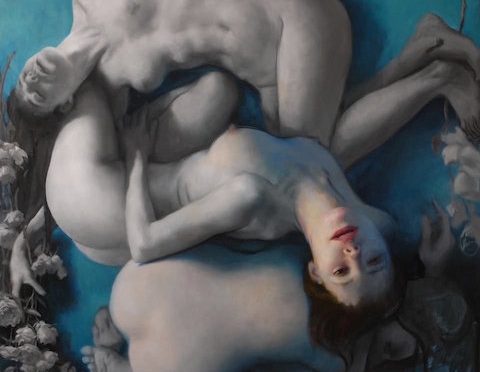
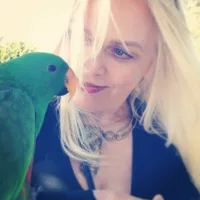
Comments
One response to “Colored Pencil: A New Look At An Emerging Medium”